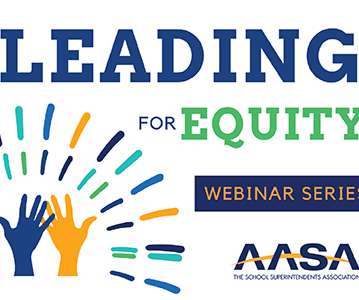Implementing Innovation Strategies to Make School Districts More Equitable
edWeb.net
APRIL 30, 2021
To recognize and work through this sort of situation, McNulty recommends avoiding the “polarity stereotyping” of traditionalists and progressives, in which each group views the other as representing policies they disfavor while portraying their own views as having no downside. WATCH THE EDWEBINAR RECORDING. LISTEN TO THE PODCAST.















Let's personalize your content